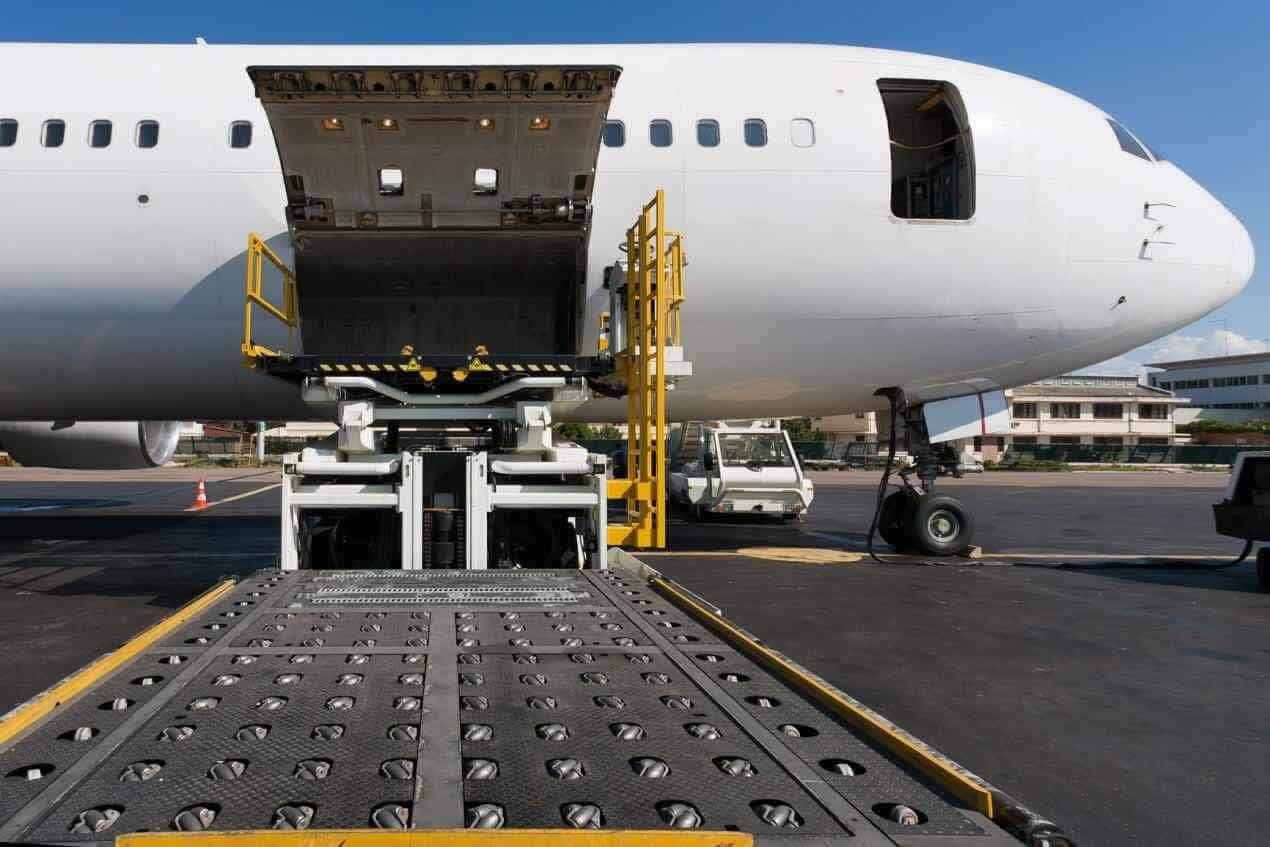Assigning an incorrect ECCN can turn out to be a costly mistake for an exporter. Exporters encounter serious challenges in designating the right ECCN to items.
An ECCN is a 5-character code mentioned on the Commerce Control List, categorizing exports depending on their nature and their technical parameters.
After the identification of ECCN, an exporter determines why the item is on the control list and what transaction requires the export license, depending on the destination. This can be done by comparing the Commerce Country Chart with the ECCN. However, the task is often more complex where an exporter ships a large variety of merchandise and where new items are constantly added to the export inventory.
The Bureau of Industry and Security establishes ECCNs and enforces and implements export regulations, which oversee the export of most commercial goods.
Numerous items under the regulation of BIS are called dual-use as they often have both commercial and nuclear or military applications. A majority of consumer goods are subject to EAR, but they are not covered on the CCL. These goods are typically classified as EAR99, meaning they don’t need an export license provided the items are not being exported to an embargoed state, or for a prohibited end-use. Goods classified as EAR99 are usually shipped under a designation called No License Required.
An exporter can obtain an ECCN through three means that are discussed below.
- The first involves contacting the supplier. A producer, manufacturer or developer may have already figured out the ECCN designation of an item. However, this classification must be verified as the ECCN, as discussed previously, could have changed. Companies must implement and maintain stringent internal controls to avoid inadvertent infringement of the EAR.
- The exporter can also self-classify the item. This entails determining the right ECCN by yourself. But self-classification requires, on the part of the exporter, a comprehensive understanding of the technological parameters of the item along with a detailed knowledge of the CCL. Keep in mind that even an inadvertent violation can lead to substantial fines or penalties.
- The exporter can also request the BIS to classify an item. They can send an official request to BIS electronically to classify the relevant item using SNAP-R.

